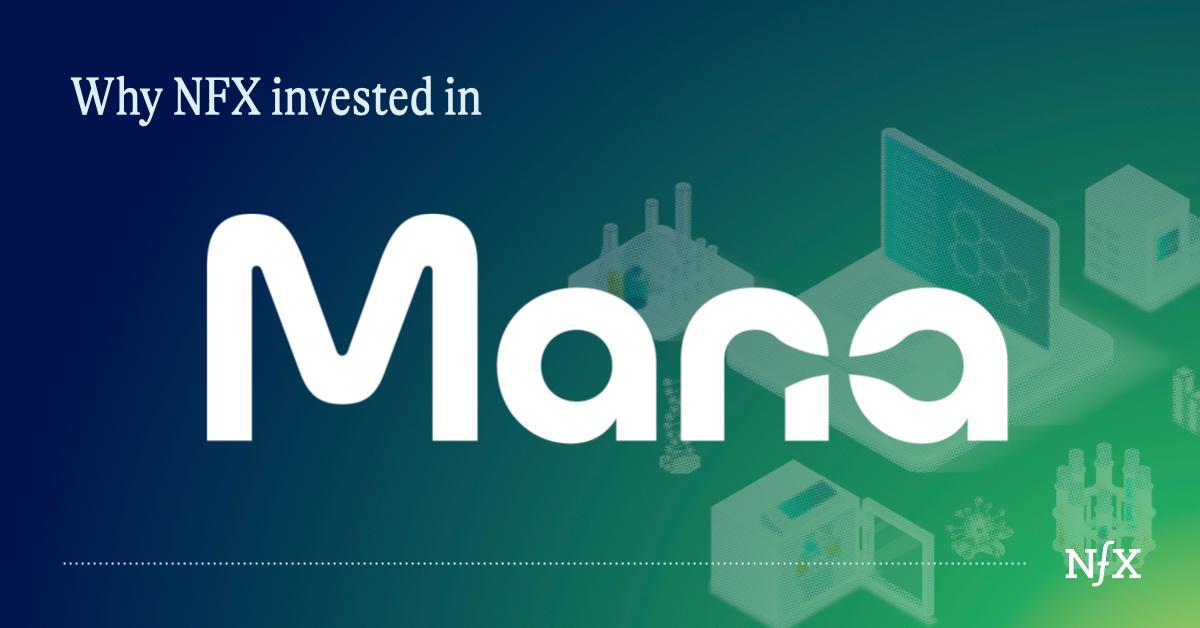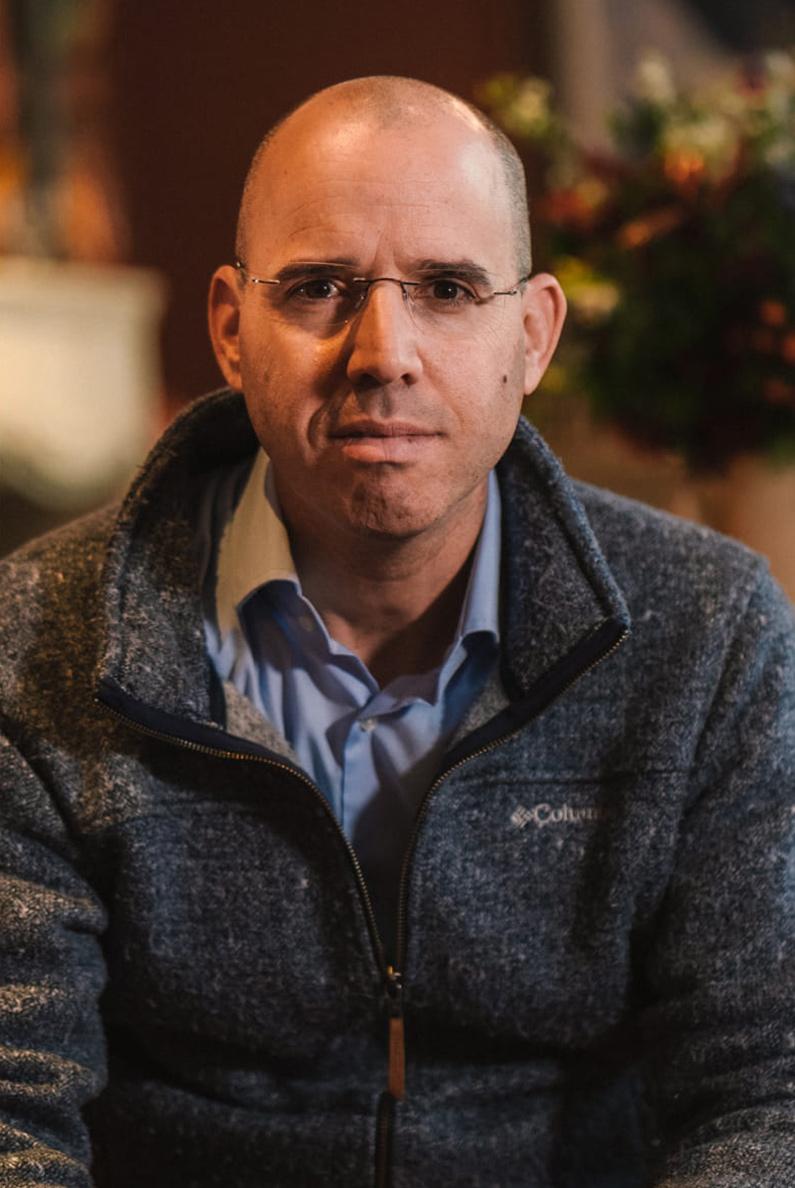

Last week, Israel-based Mana.bio announced a $19.5M Seed round led by NFX, a16z, Base4 Capital, and LionBird. It’s a testament to just how far a techbio company can go at seed: from idea to testing, and perfecting new products that can unclog a huge bottleneck in drug delivery.
Mana has developed a platform combining AI + chemistry + biology to create novel lipid nanoparticles for programmable drug delivery. Lipid Nanoparticles are the same delivery mechanisms that made COVID-19 vaccines possible, and with the right design, they can enable many more potent forms of therapy in the future.
Mana has leveraged AI and biology to design the next generation of LNPs, and they were doing it long before the Generative AI revolution. Their success at seed comes down to an exemplary company-building playbook that has allowed them to achieve key scientific and entrepreneurship goals: from building up pre-clinical results, to creating a culture that can quickly adapt new technologies.
They’ve redefined what is achievable as an early stage techbio company. As we take you through Mana’s story and why we invested, there are three themes to focus on:
- The Speed Formula: Fast Moving Water + Clear Problem + Defensible Magic
- Proving Out Your Platform: The Telescope Approach
- Bridging the Gap Between Tech and Bio
1. The Speed Formula: Fast Moving Water + Big Problem + Defensible Magic
Mana Bio has found a powerful and repeatable formula for success in tech bio. They found fast moving water (new technologies), a huge but definable problem, and a defensible edge that allows them to uniquely solve that problem. We also call that “defensible magic.”
Mana Bio is a platform company using AI to generate novel, programmable lipid nanoparticles. Mana’s AI engine can design those lipid nanoparticles to deliver RNA therapeutics to areas of the body that have previously been unreachable.
First, the fast moving water: RNA therapeutics have exploded since the development of COVID-19 vaccines. We see continued momentum here in the form of more investments in RNA technology, expanded research activity – not to mention regulatory familiarity.
But there’s still a huge problem: delivery.
It took just days to design the mRNA vaccine, but it took 20 years to develop the lipid nanoparticle approach we used for COVID vaccine delivery. And, it was lucky that this approach worked for most people.
But as we move forward into more targeted RNA therapies, we will need delivery vehicles that are customizable to the payload, cell type, or in the future, even the person receiving the medicine.
Because of problems like this, delivery will be an active area of company-building in the next few years. Delivery is the bottleneck for new modalities like gene therapy, and next generation RNA therapies.
These are stories that Yogev Debbi, a co-founder of Mana Bio, has heard multiple times for stakeholders in the field. He knew there was a need for this type of technology, but Mana has taken their strategy one step further.
I always ask Founders: what can you do that no one else can do?
Mana found a new, and defensible way to solve these problems: using AI to generate, and optimize new, unpatented LNPs. They developed a testing loop that leverages data from their own lab, and unique AI analysis of existing literature in the public domain.
Mana’s computational approach to developing new LNPs is their core capability. There are many companies currently trying to solve delivery problems, but as Yogev has pointed out, few have decided to apply AI to the problem of LNP design – a platform that we already know can deliver key medicines and receive regulatory approvals.
Many companies will try to jump onto emerging technologies or fads. Few understand how to find a unique edge. Mana’s deep understanding of AI, Chemistry and LNP design set them apart even before the Generative AI revolution. Now, those tailwinds have accelerated what is possible.
2. Proving Out Your Platform: The Telescope Approach
Bioplatforms are exciting because they allow for many shots on goal. But you have to have a lot of confidence in your first few shots. The most important step a bioplatform takes at seed stage is narrowing their focus to a few key indications.
Think of your platform as a telescope: you take in all the light around you, but focus your energy on one object. At any point, you could zoom back out and go in a different direction, but in the interim you know exactly where you want to go.
If you pick your first few indications correctly, you’ll build a war chest of pre-clinical results that will strengthen your platform’s core thesis. This will make everything easier: fundraising, hiring, finding partners etc.
Mana has also done a great job of applying this telescope approach.
First, Mana let all the light in. They developed an AI engine informed by the entire field of LNP design. They quickly proved that they could retrospectively predict the design of several already approved LNPs.
Then, they narrowed even further: they developed AI-generated novel lipids that wouldn’t accumulate in the liver – a persistent problem in the field – but rather arrive at the targeted organ. They first chose to design two LNPs: one to target the lung and the other to target the spleen.
Mana’s AI models were able to achieve both outcomes: their LNPs reached the lung and the spleen in mouse models. Then, they took the next step: they focused on optimizing their Lung-targeting LNPs to better suit a large therapeutic need.
Yogev explains:
“We went back to the drawing table and improved the model. We generated relevant data, we collected data from the literature, we improved the AI models, and then, the next iteration, which was three months after, we showed 100x more expression in the lung relative to the first experiment, all without needing to test on animals.”
Each study builds on the last. Mana built a war chest of clinical results to support their AI-based LNP design thesis in this way:
- They proved their concept (predicting existing FDA approved LNPs)
- They proved a unique edge (AI generated new LNPs for lung + spleen delivery)
- They zoomed in on the highest value application (lung)
- They optimized for that high value application (100x expression in lung)
3. Bridging The Gap Between Tech & Bio
In techbio, not using AI would be like a tech company not using the cloud. Many companies are already familiar with AI, but some are getting more out of the technology than others.
To get the most out of a giant tech revolution in techbio you need to bridge the gap between “tech people” and scientists. You need to get everyone speaking the same language – and create familiarity between the wet lab and the AI engineers. That’s how you can embrace new modalities fast.


Mana.bio’s Founding Team: Roy Nevo (CTO), Avi Schroeder (Scientific Co-Founder, Yogev Debbi (CEO), and Kira Radinsky (Scientific Co-Founder)
Mana’s team has an interdisciplinary background. Yogev has a background in tech, but has worked to become fluent in science. He and his co-founder Roy Nevo both came from Intel and joined me at Genome Compiler, a company at the intersection of tech and bio. Kira Radinsky, another co-founder and scientific advisor, is a leader in AI technologies. Finally, they’re joined by a fourth co-founder and scientific advisor Avi Schroeder, a leader in the field of LNP discovery and a graduate of Langer Lab at MIT’s School of Chemical Engineering.
This combination of biology and technology expertise in Mana’s leadership team is reflected in their culture. Mana’s employees spend time understanding each other’s workflows. Engineers spend time in the lab. Scientists spend time in the office.
Even that simple process creates new forms of collaboration. Product engineers are able to come up with ways to automate processes in the lab. And scientists learn to ask for tools that may not have been available before.
That culture has set Mana up to skip a step that holds many companies back as they embrace generative AI. Mana already knows how to use AI to scale their operations and help scientists.
For instance, while many companies were still trying to understand how to apply AI to their fields, Mana had already released an AI-powered paper reader built to extract difficult-to-analyze data from decades of literature on LNPs. Mana’s internal bots can convert molecule structures into text representations, revert chart PDFs back into their original data, and convert images showing LNP distribution in animal models into data.
“So instead of scientists reading the papers and trying to analyze what’s there, which is what lead scientists do, we developed software tools that do this automatically,” Yogev explains.
Mana was able to develop this tool quickly because of a cultural understanding of what scientists need to improve their workflow.
That understanding has already helped them scale up their data acquisition loop – and sets the stage for many more future projects.
Mana’s journey all at seed is exemplary for other scientist founders.
If you think strategically, you achieve huge milestones as a bioplatform during the seed stage. That will set you up well for future fundraising, help with hiring, set the stage for partnerships and give you extra momentum.
Learn more at https://www.mana.bio/
As Founders ourselves, we respect your time. That’s why we built BriefLink, a new software tool that minimizes the upfront time of getting the VC meeting. Simply tell us about your company in 9 easy questions, and you’ll hear from us if it’s a fit.
